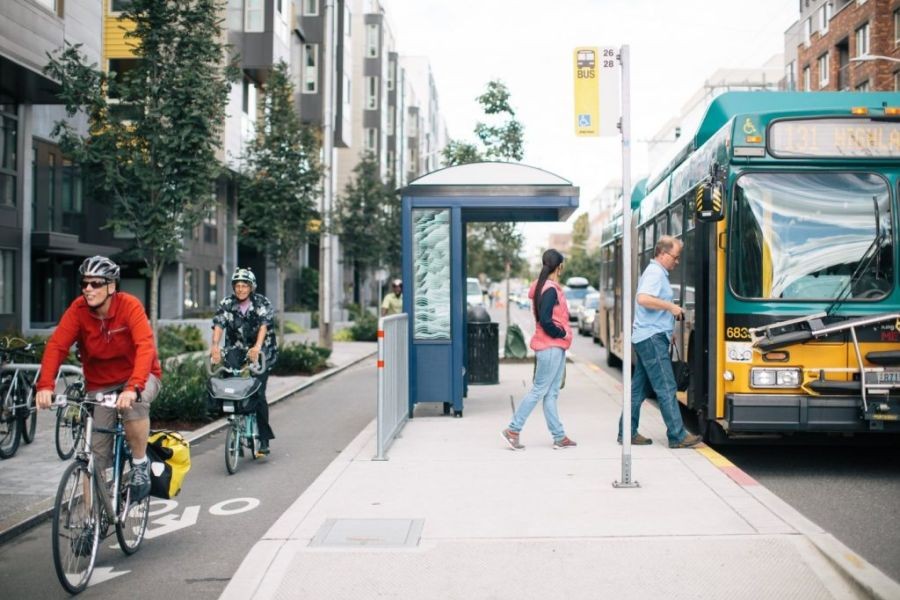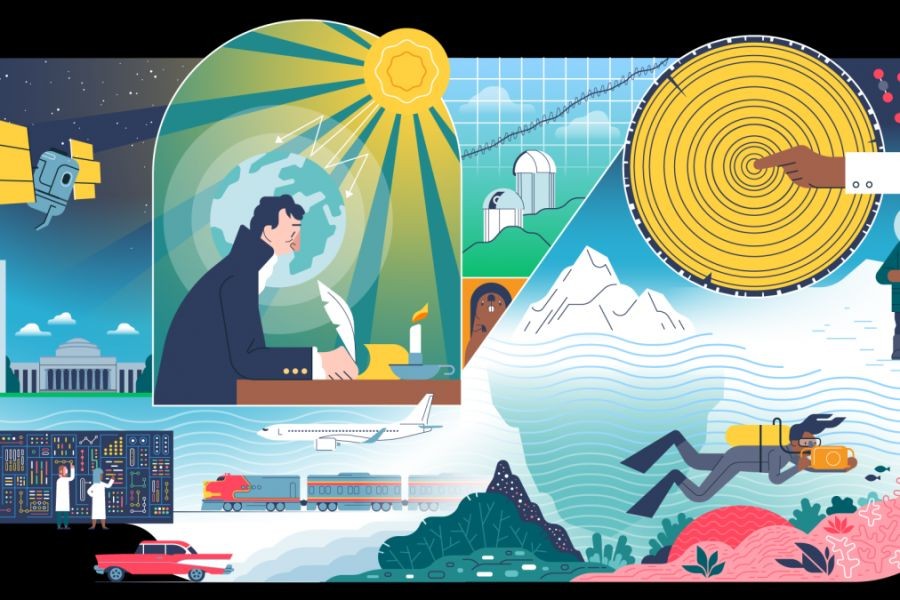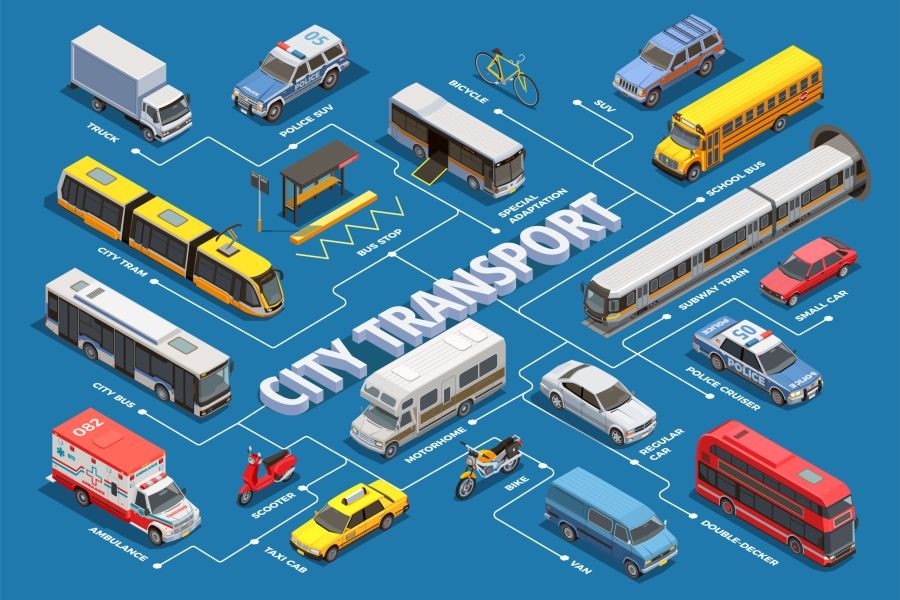New Zealand and Australia share a close geographical relationship, yet their education systems present unique distinctions that impact students, parents, and educators. This article delves into how public and private schools in New Zealand compare to their Australian counterparts, offering financial advisors and stakeholders a comprehensive analysis of these educational landscapes.
Pros & Cons Evaluation of Public and Private Schools
In assessing the educational systems, it's important to weigh the pros and cons of public and private schools in both countries. This evaluation offers insights into cost, quality of education, and accessibility.
Public Schools
Pros:
- Accessibility: Public schools are more accessible due to government funding, ensuring education for all socioeconomic backgrounds.
- Cultural Diversity: They often celebrate a diverse student body, promoting inclusivity and cultural exchange.
- Curricular Standards: Adherence to national curricula ensures consistency in educational standards.
Cons:
- Resource Limitations: Public schools may face funding constraints that limit access to advanced technology and extracurricular opportunities.
- Class Sizes: Larger class sizes can impede personalized attention and tailored instruction.
- Variable Quality: The quality of public schools can vary significantly depending on the location and funding levels.
Private Schools
Pros:
- Enhanced Resources: Private schools often have better funding to provide superior facilities and extracurricular programs.
- Smaller Class Sizes: Smaller classes facilitate personalized attention and customized learning experiences.
- Specialized Programs: Many private schools offer specialized curricula, including International Baccalaureate and advanced placement courses.
Cons:
- Cost: The financial burden of private schooling is significant, with annual fees that can strain family budgets.
- Social Homogeneity: Private schools may lack the cultural diversity found in public institutions.
- Selective Admission: Rigorous admission processes can limit accessibility for students from diverse backgrounds.
Case Study: New Zealand's Education System in Contrast
New Zealand's educational landscape shows unique characteristics, influenced by its policies and economic factors. A recent report from Stats NZ highlights that government expenditure on education is approximately 5.9% of GDP, reflecting New Zealand's commitment to maintaining accessible public education.
In contrast, many Australian private schools are funded by a combination of government funding and private fees, leading to a wider disparity in educational resources between public and private sectors. This funding model in Australia often results in private schools possessing significantly more resources than public schools.
Real-World Example: Auckland vs. Sydney
Auckland Grammar School, one of New Zealand's prominent public schools, boasts a diverse student body and a strong academic record, despite fewer resources compared to private institutions. The school emphasizes holistic education, integrating sports and cultural activities into the curriculum.
Conversely, Sydney's private schools, such as Sydney Grammar School, offer extensive facilities, including state-of-the-art science labs and sports complexes, funded by substantial tuition fees. This disparity underscores the financial gap between public and private education in Australia.
These examples illustrate the varied educational experiences offered in New Zealand and Australia, shaped by financial resources and institutional priorities.
Data-Driven Insights: The Impact of Education on Economic Growth
The correlation between education and economic growth is well-documented. According to the Reserve Bank of New Zealand, a skilled workforce is crucial for economic development. Investment in education, especially in public schools, can lead to a higher GDP by nurturing a more capable workforce.
In Australia, the emphasis on private education could potentially widen socioeconomic disparities, affecting long-term economic equality. The New Zealand approach, focusing on equitable access to quality education, aligns with the country's broader economic goals of inclusivity and innovation.
Debunking Myths: Common Misconceptions about Private and Public Schools
Many misconceptions surround the choice between private and public schooling. Let's address a few:
Myth 1: Private schools always provide a better education. Reality: While private schools often have more resources, public schools in New Zealand, like Auckland Grammar, consistently achieve high academic results. Myth 2: Public schools lack extracurricular activities. Reality: Many public schools offer diverse extracurricular programs, but may face challenges in funding and resources. Myth 3: Private schools guarantee better university placements. Reality: University success often depends on the individual student's efforts and support systems, not merely the type of school attended.
Conclusion: Navigating the Educational Landscape
Choosing between public and private education in New Zealand and Australia involves careful consideration of financial implications, educational quality, and personal values. For financial advisors, understanding these dynamics is crucial in guiding clients through educational decisions that align with their long-term financial and personal goals.
As New Zealand continues to prioritize equitable access to education, the benefits of a well-rounded public educational system may offer long-term advantages in cultivating a skilled and versatile workforce. For those considering the private route, weighing the financial investment against potential benefits remains key.
Ultimately, the decision is deeply personal and should reflect the unique needs and aspirations of each student and family. What's your perspective on the public vs. private education debate? Share your thoughts and experiences below!
Related Search Queries
- Comparison of New Zealand and Australian schools
- Public vs. private education in New Zealand
- Education funding in New Zealand vs. Australia
- Impact of education on New Zealand's economy
- Trends in New Zealand's education system































ileneaal864731
8 months ago